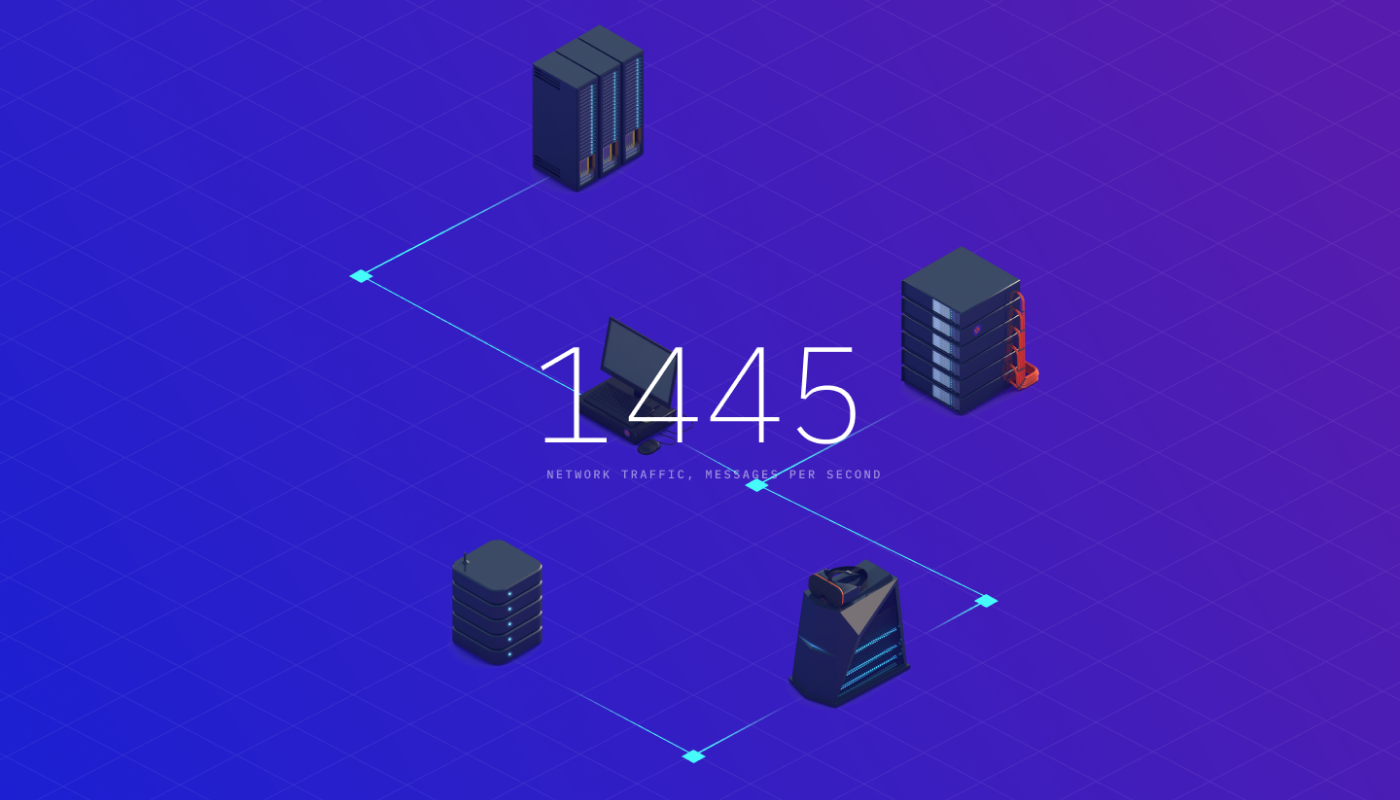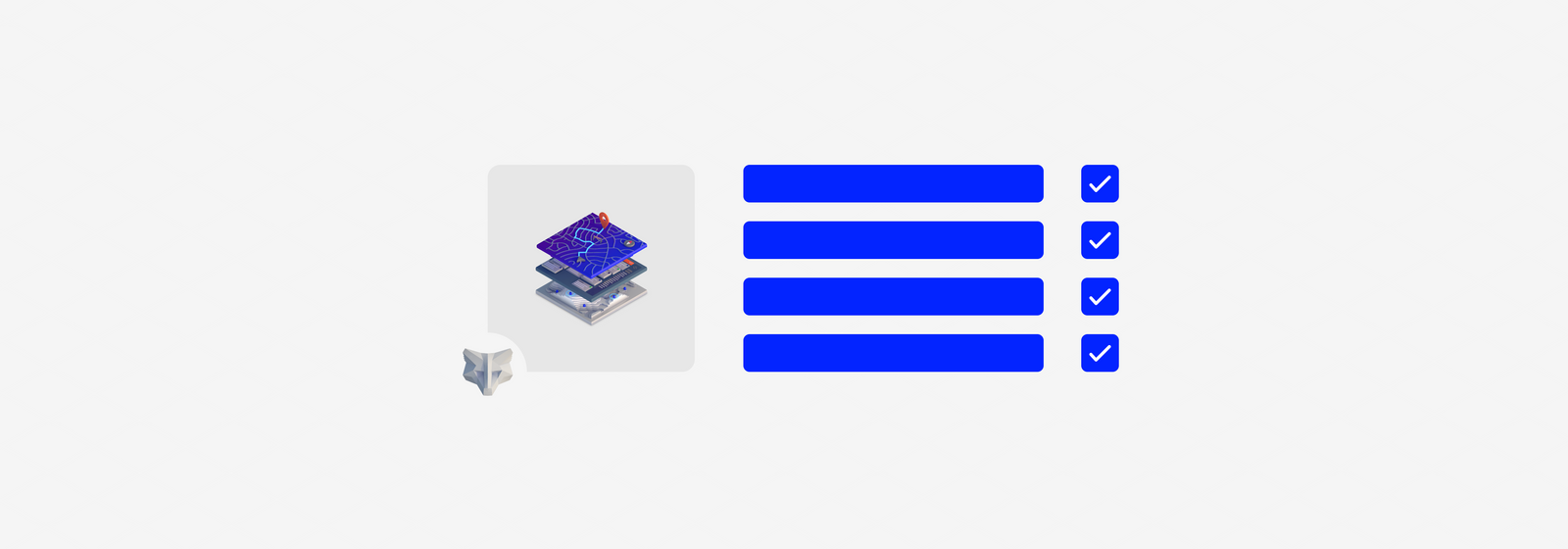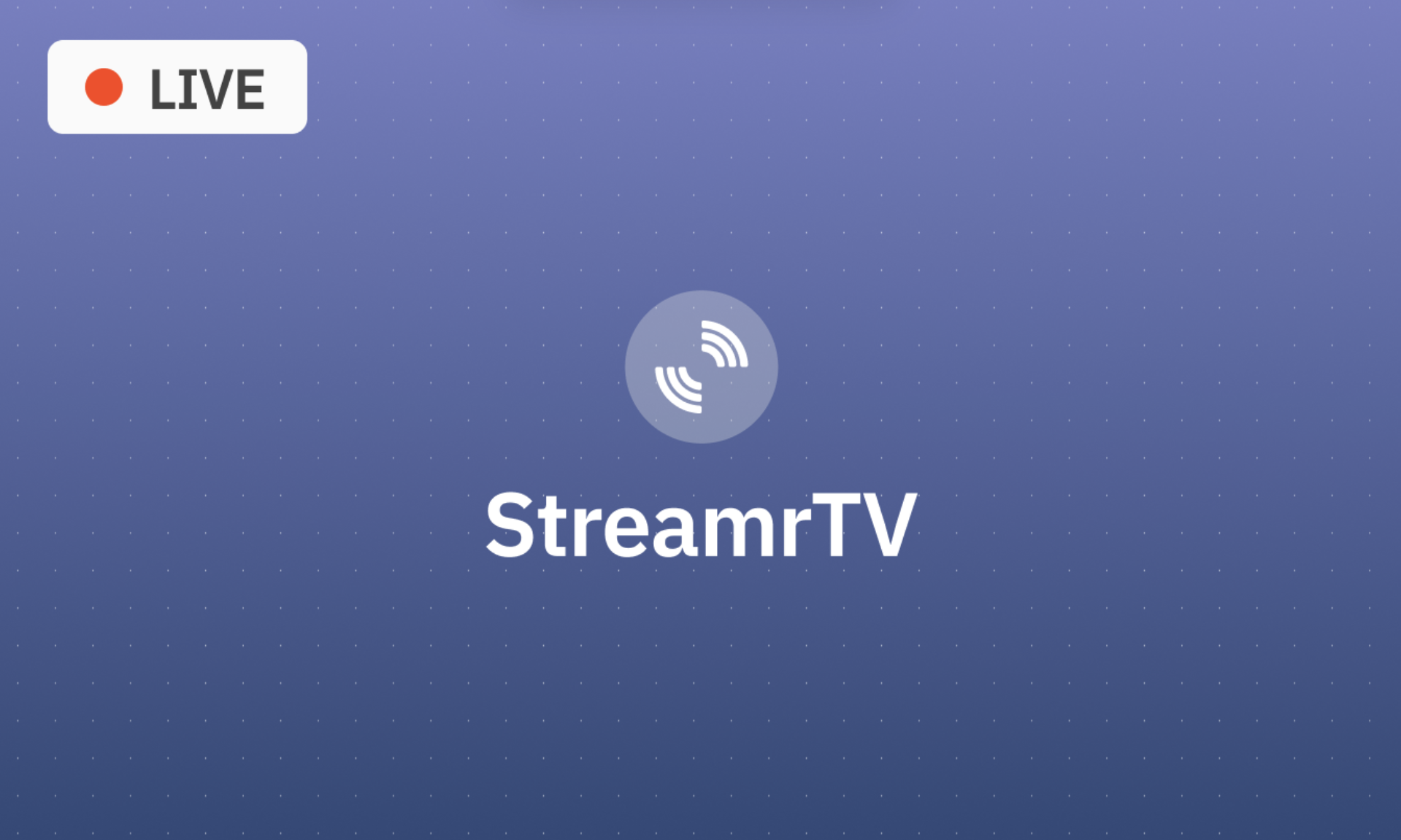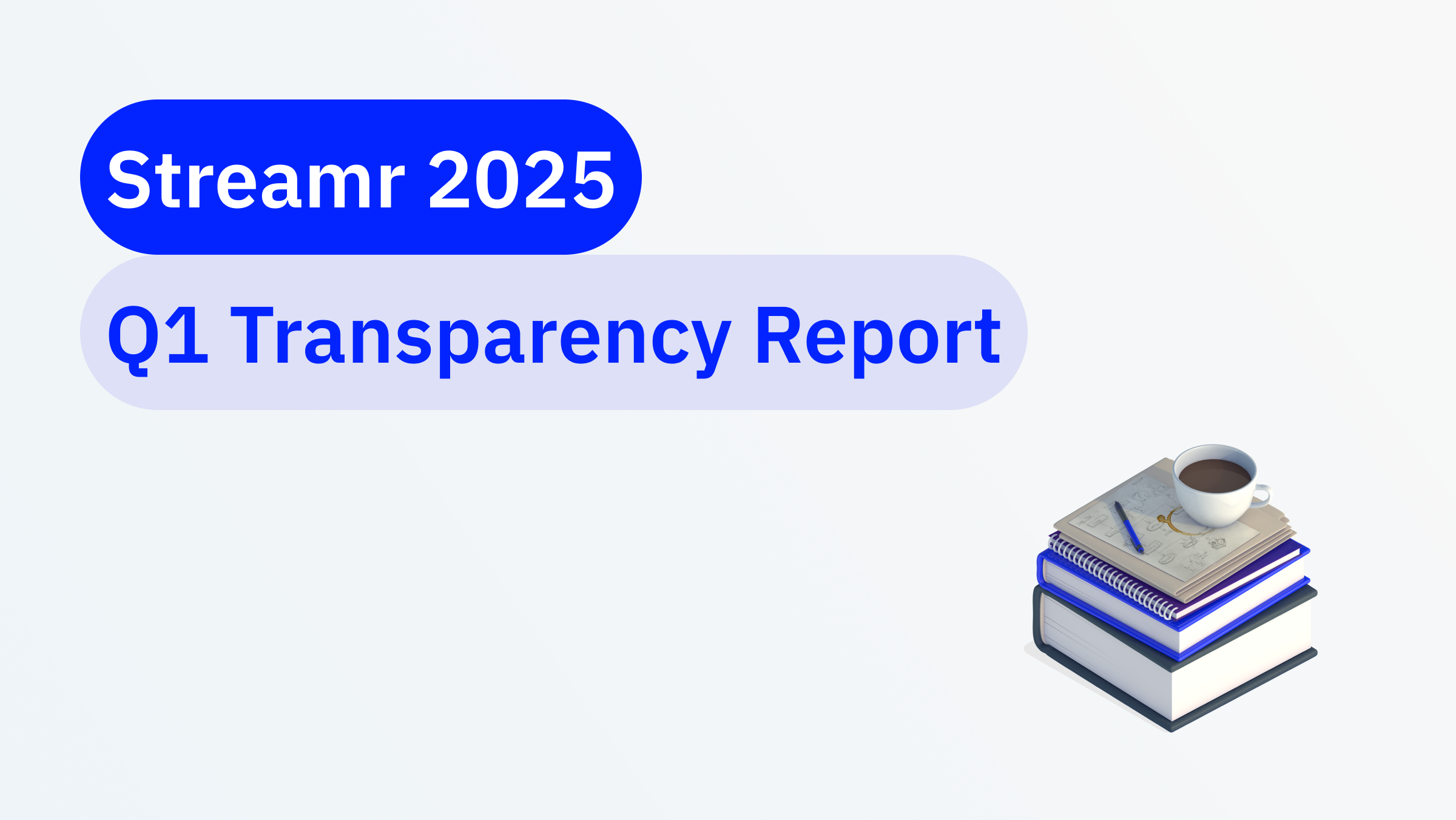The first round of Streamr Governance has come to a successful end and the voting booth is now closed. Let’s take a look at what’s been happening.
Over the past two weeks, the Streamr community has been discussing the first two Streamr Improvement Proposals for the Streamr project. The first proposal, SIP-1, proposed a token migration to enable token economics, including an extension of the hard-coded maximum supply from 1 to 2 billion DATA. The second proposal, SIP-2, proposed the dropping of Canvas and Dashboard features. The vote went live on Snapshot on February 11th and ended on February 16th.
Even though the proposals, especially SIP-1, were fiercely debated within the community on Discord and during an AMA, the results are more than clear.
One community member summarised their thoughts as follows, and I think it’s quite representative of the community’s thought processes:
“My first reaction to SIP-1 was: I am against this! This morning I am more open to vote YES, because of three arguments from the team and community: 1) The possible benefits outweigh the concerns by orders of magnitude, 2) Staying agile and responsive vs. “dinosaur”, and 3) it supports a move from hodling towards participating; hence it will be beneficial for me (I hope).”
An overwhelming majority of 99.89% of voting power was in favour of the proposal. Even if we ignore token weight to discount the greater voting power of large token holders and just look at how each address voted, 98.98% of addresses voted for the proposal. Only 153.95k DATA were staked against the proposal. SIP-2 was voted on with even more decisiveness, with very close to 100% of votes in favor of the proposal.

Only 14% of the total DATA supply participated in the vote, and that number is even fewer if tokens held by the Streamr project are excluded. While of course disappointing, the low participation rate was somewhat expected, as it is a fairly common phenomenon when projects run votes such as this. A large share of DATA is constantly held at exchanges, despite that not being the most secure practice, and withdrawing tokens from exchanges into personal custody in order to vote may be too much of a hurdle to go through for some people. On the other hand, perhaps the quality of votes wins over quantity at the end of the day; it’s reasonable to assume that those who do bother to vote are the ones most interested, informed, and engaged with the project.
Based on these results, both Streamr Improvement Proposals will be implemented over the coming months.
Table of Contents
SIP-1 Implementation
The first actionable task on SIP-1 will be to reach out to exchanges and token information sites – Binance, CoinMarketCap, CoinGecko, etc. – to learn about their processes and timelines for handling token migrations. They have all done it tens of times already with other projects, so hopefully we will discover that they all have smooth processes to support such upgrades. The timeline of the upgrade depends largely on these 3rd parties. I am expecting the preparations to take a few months, and the migration itself could perhaps start in early summer.
Once the coordination work is looking good, the technical part begins. A new DATA token smart contract will be deployed with an initial supply of zero and a maximum supply of 2 billion DATA. Token holders will be able to swap their existing tokens 1:1 for the new token at any time, and in this process the old tokens are burned and an equal amount of new tokens are minted. As a result of more and more token holders going through the upgrade, the new token’s supply will grow from zero and approach the current token’s supply of around 1 billion DATA.
As discussed extensively in SIP-1, increasing the maximum supply to 2 billion DATA does not increase or dilute the supply at this time. The number of DATA in existence will stay the same. Future SIPs will let the community decide if and how many new tokens should come into circulation, if any. This proposal and the migration that follows are only about technically enabling such decisions to be taken by token holders in the future.
Additionally, deploying a new smart contract allows us to extend the existing ERC-20 standard of DATA by implementing ERC-677. This is useful in many situations, including moving tokens across interchain bridges, moving tokens to Data Unions, and so on.
There will be a simple dApp for carrying out the token migration in a self-service manner. The Streamr team will also encourage exchanges and other custodial parties to migrate the tokens in their custody, to make life easier for people less experienced with dApps and Ethereum wallets.
The new token will adopt the DATA symbol, while the old token will be renamed to DATAv1. As mentioned before, you will be able to migrate your DATAv1 tokens at any time, meaning that there will be no particular urgency to do so.
SIP-2 Implementation
The implementation of SIP-2 is more straightforward. On April 31st 2021, the Canvas and Dashboard features will be removed from the Streamr Core application and the associated API. You will still be able to create and manage streams, data products, and Data Unions as usual after this change. If you don’t currently use the Canvas or Dashboard features of the Core application, the change won’t affect you and you won’t notice any difference.
The code will be archived into a fork for safekeeping and potential later use. An example of later use could be to relaunch the Canvas tooling at a later time as a self-hosted version which would connect to the decentralized Streamr Network for data.
This notice period gives you time to migrate any of your Canvas-based stream processing workloads to other tools. We in the Streamr team are using a few Canvases ourselves for computing metrics, such as the real-time messages/second metric you see on the project website. It’s pretty straightforward to replace those Canvases with simple node.js scripts that compute the same results and leverage the Streamr JS library, and this is exactly what we intend to do for the few Canvas-based workloads we have internally.

Learnings for the Team
Both proposals were far from trivial – if these questions were no-brainers, the project wouldn’t need a governance process. We’re happy to have seen so much debate and participation online during the days leading up to the vote, especially on the project Discord. We’re also happy to see all of the active community in very strong alignment after all arguments for and against the proposals were presented and explored. For future votes, our goal will be to reach beyond the 14% participation rate we saw this time. It’s only the beginning of a new era of decentralized governance, and we in the Streamr team will definitely continue to encourage and support all DATA holders in getting their voice heard.










